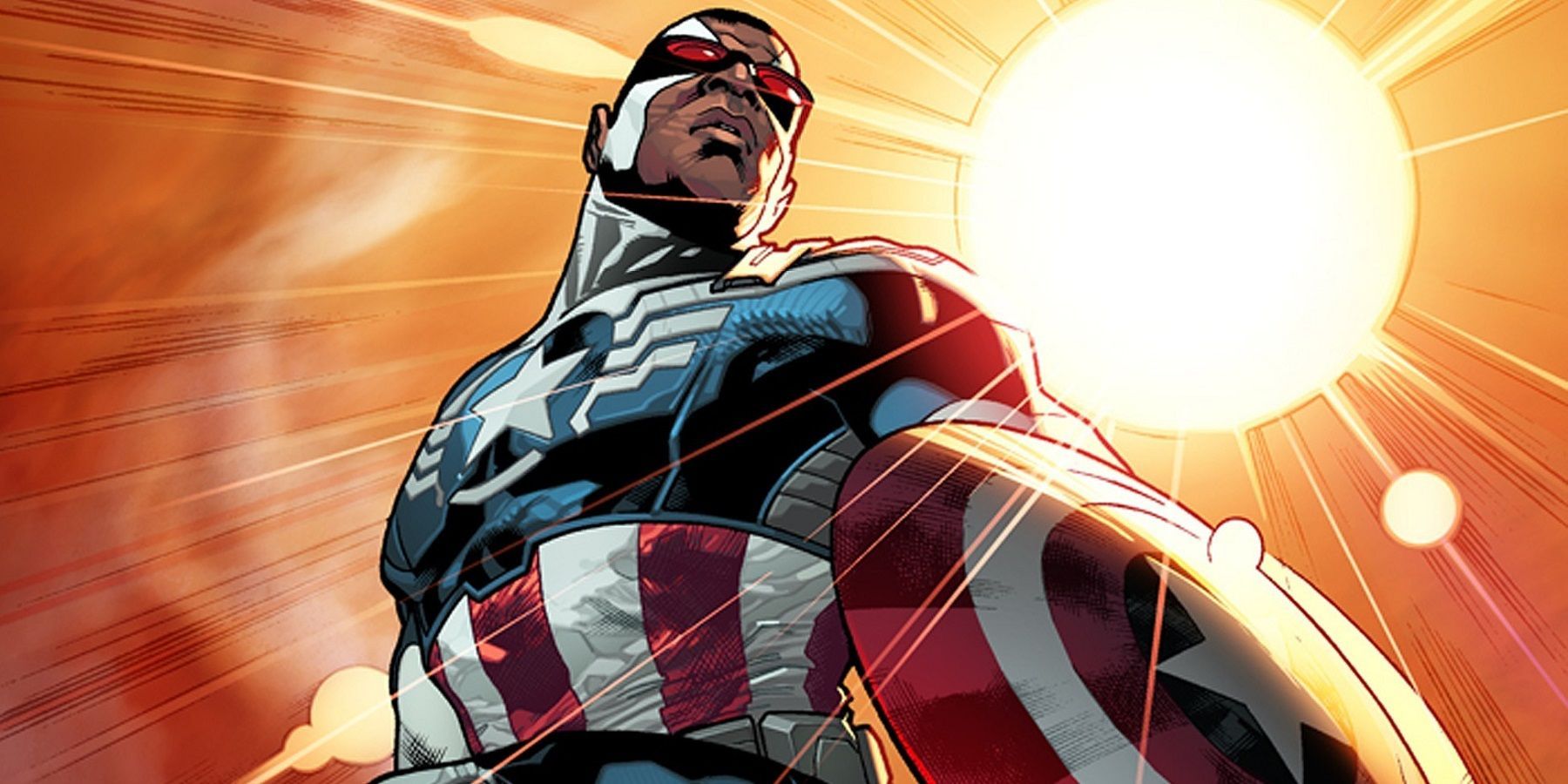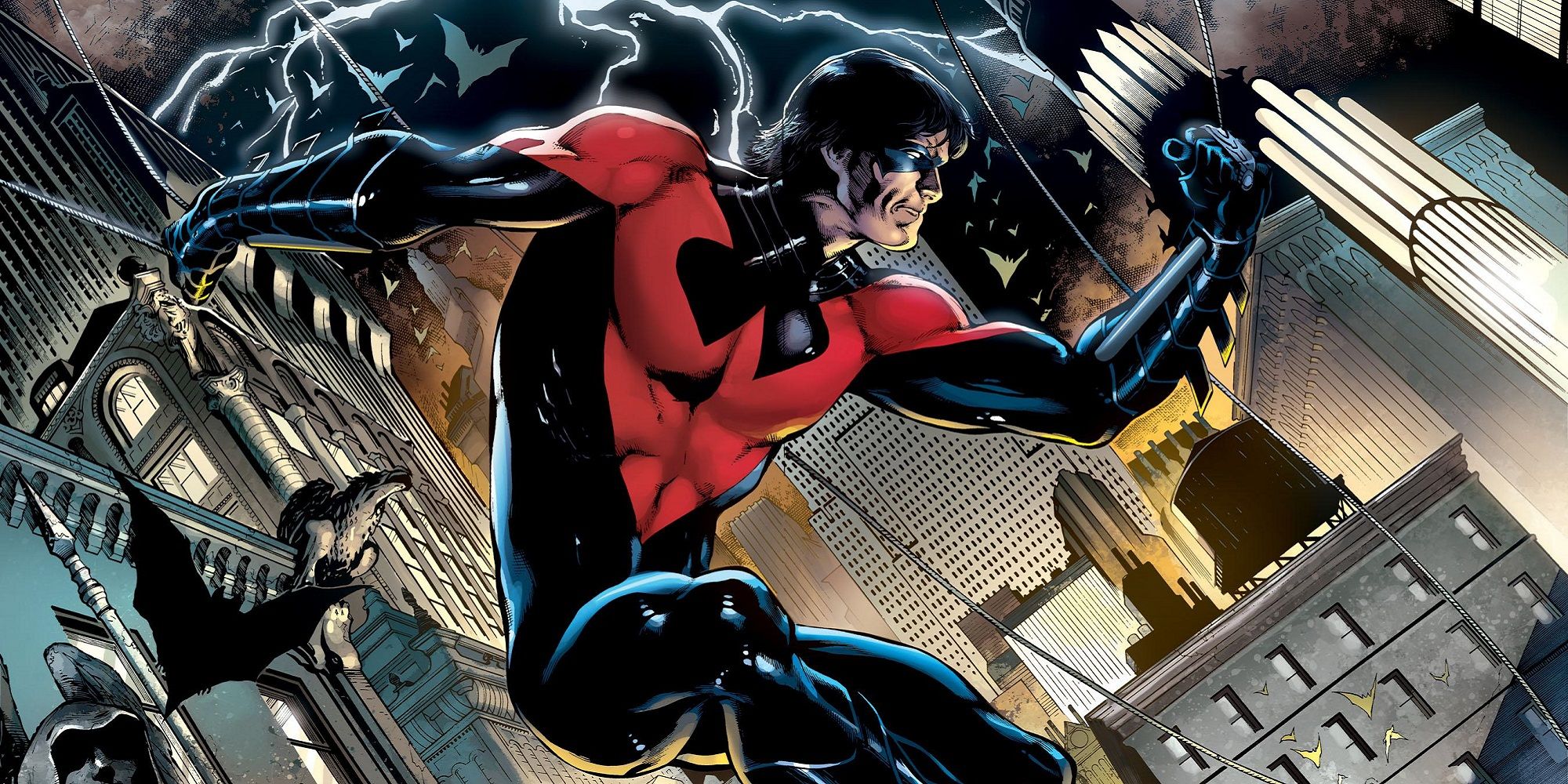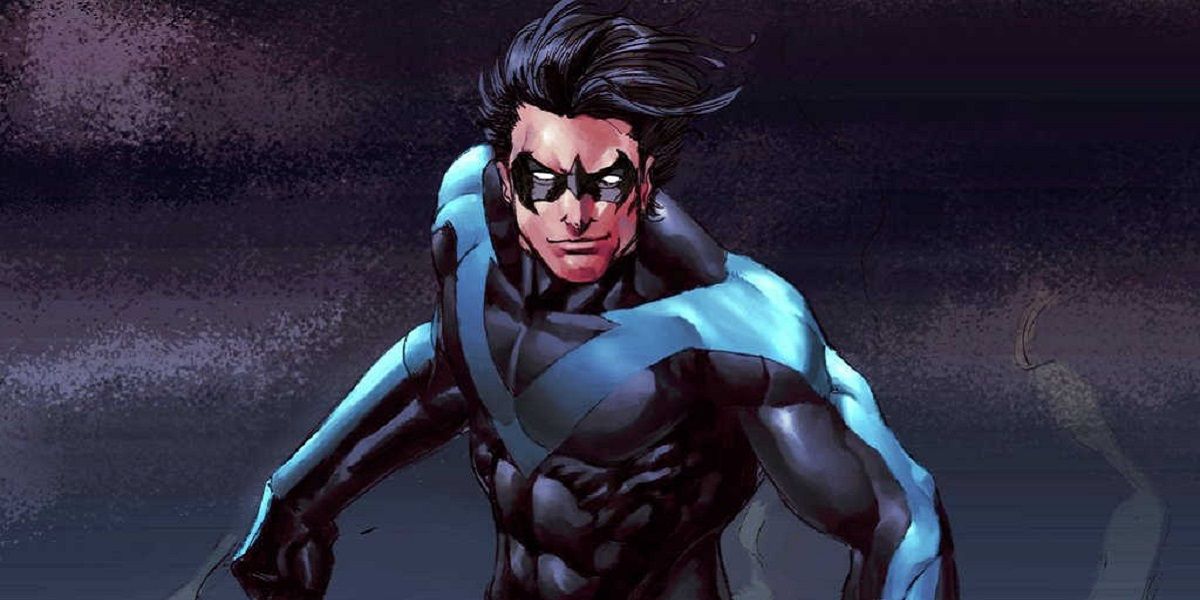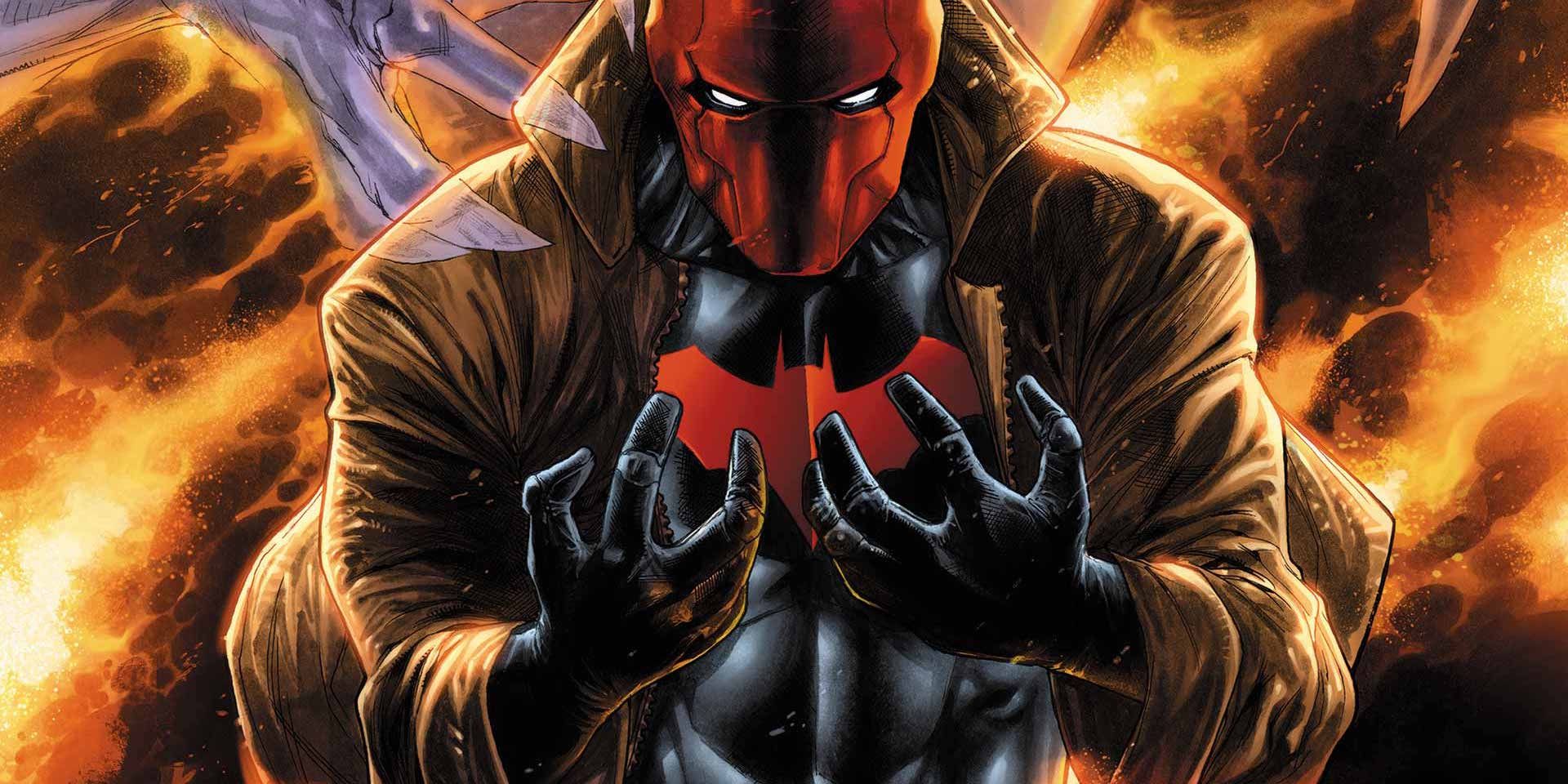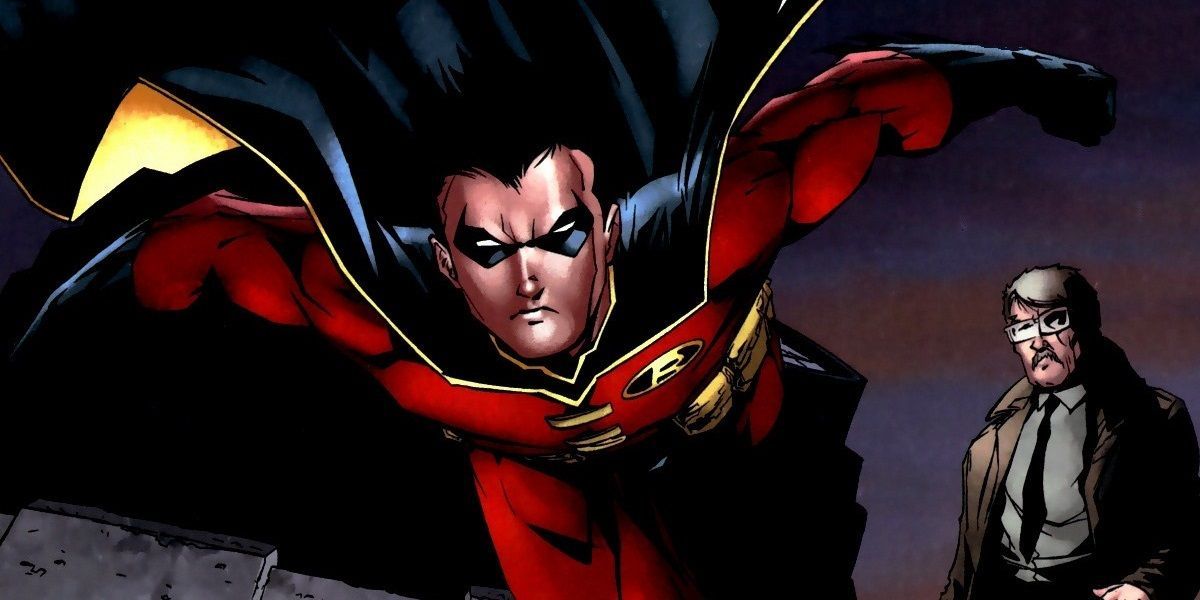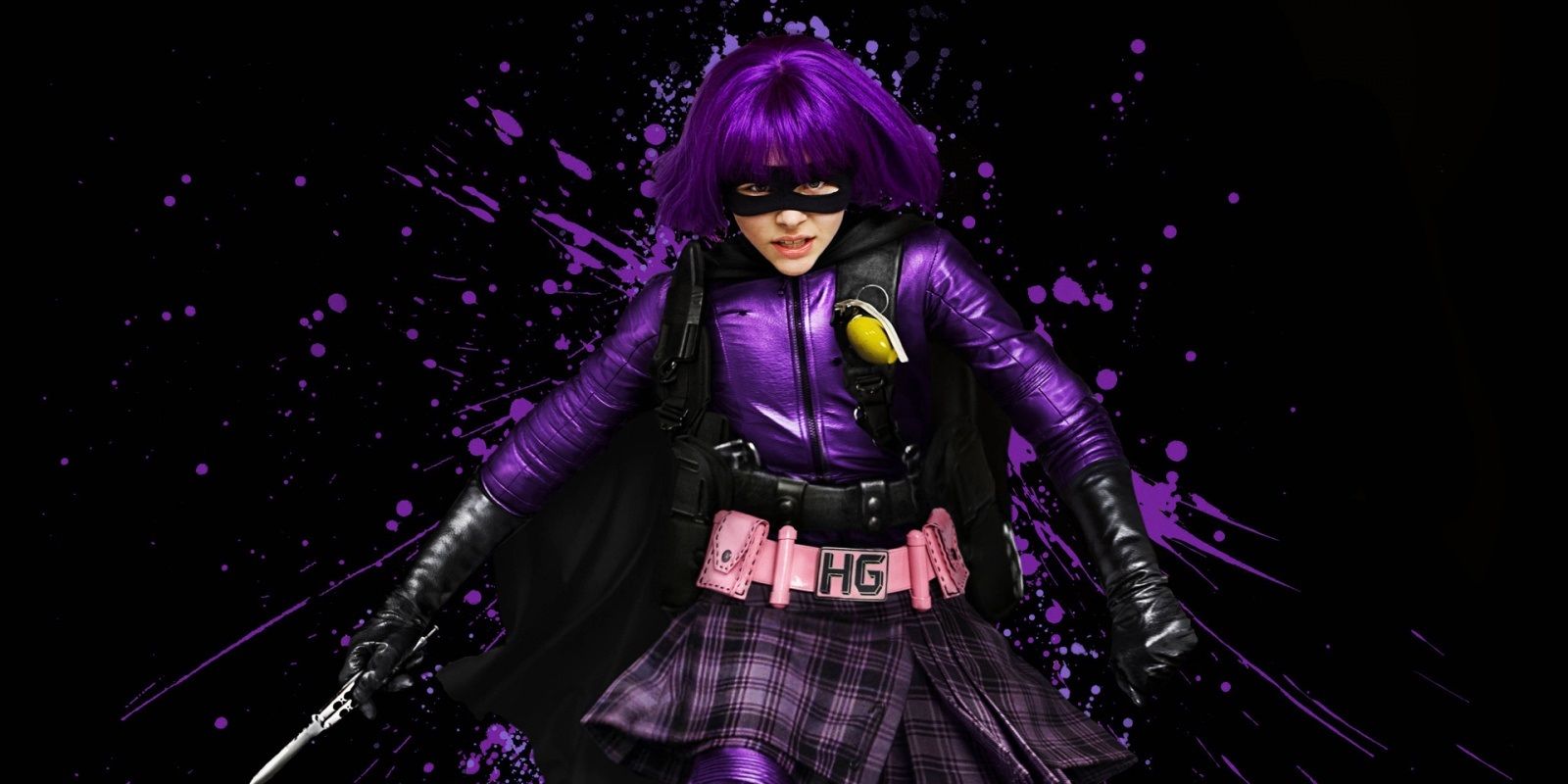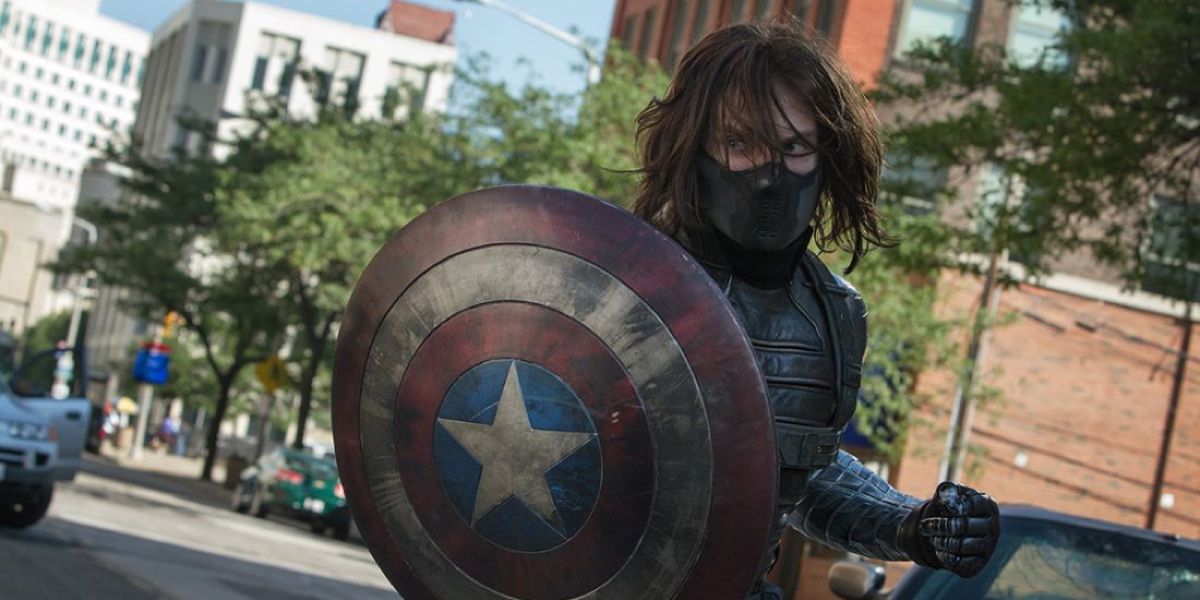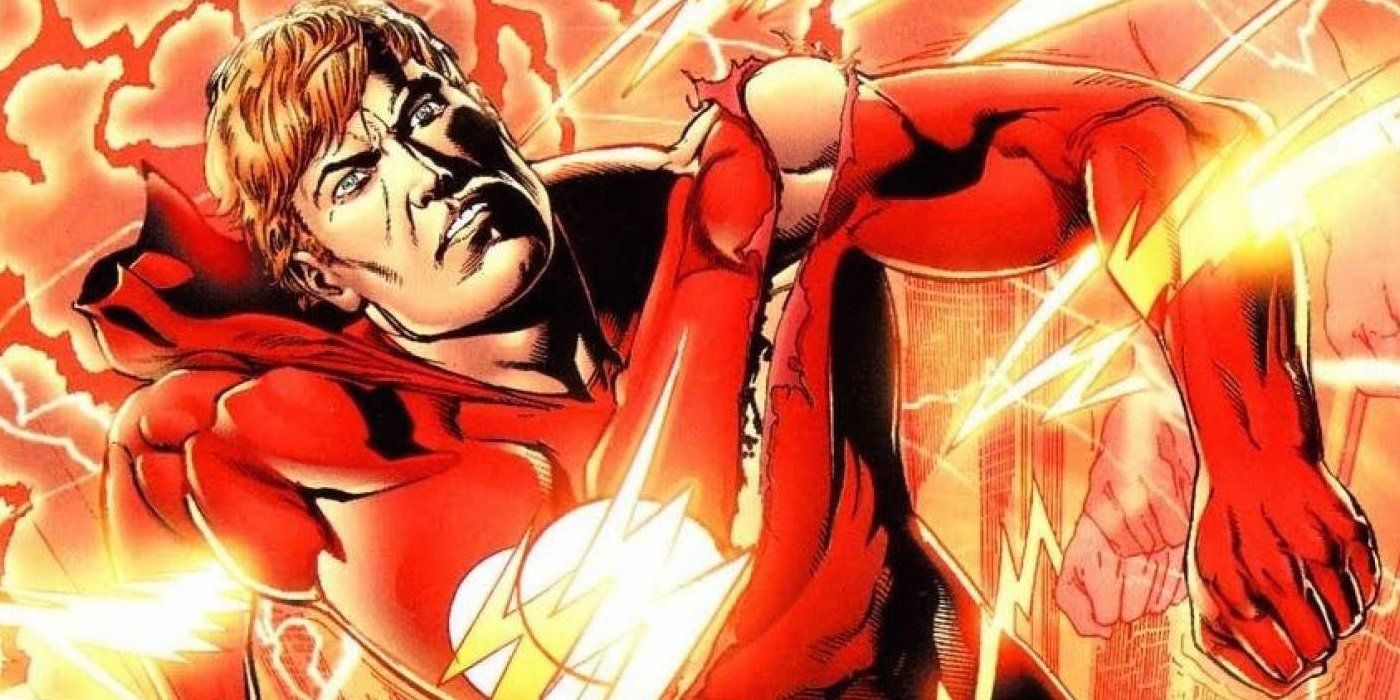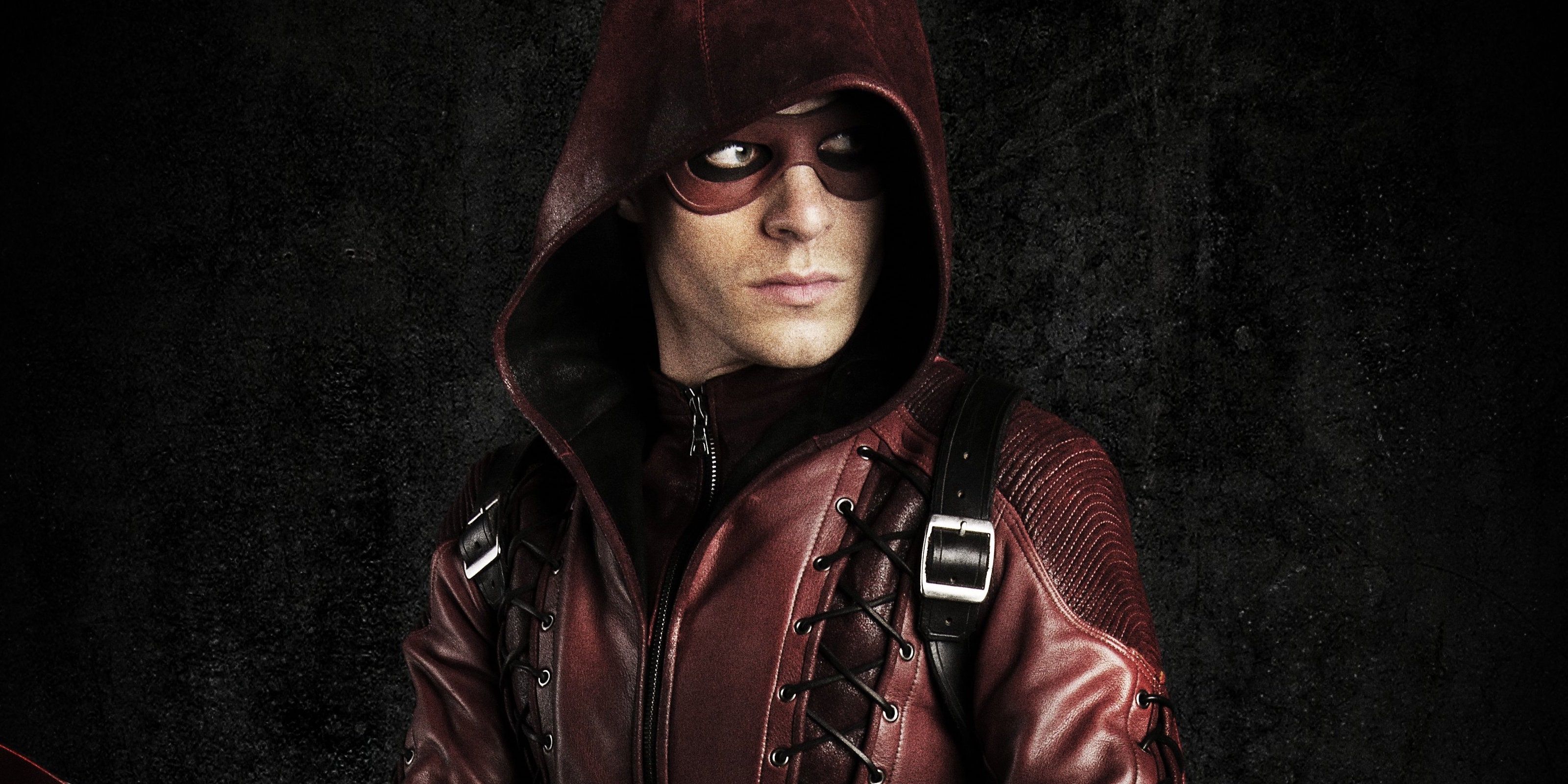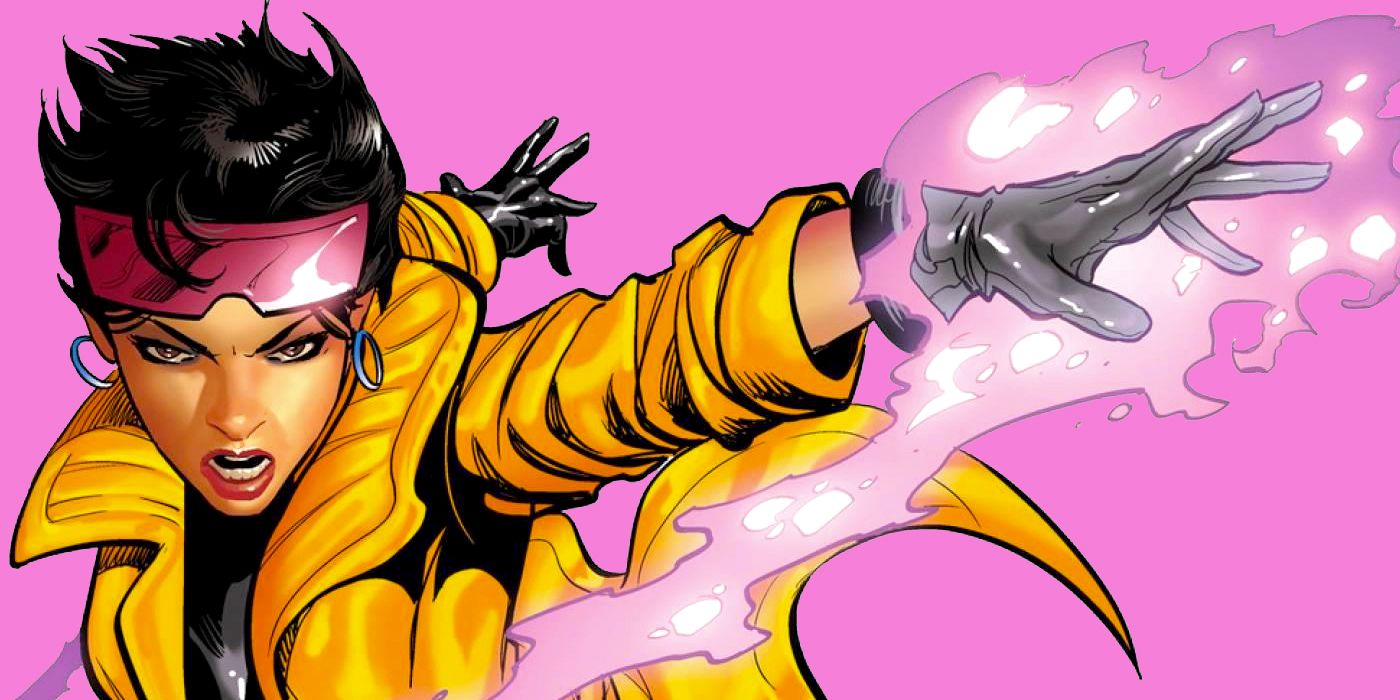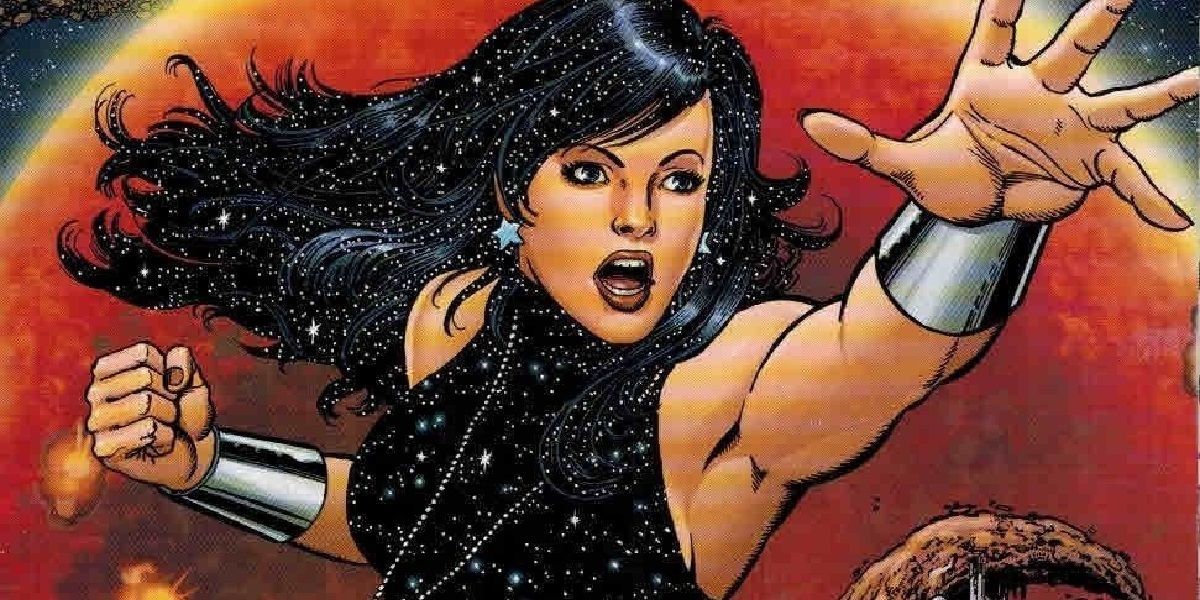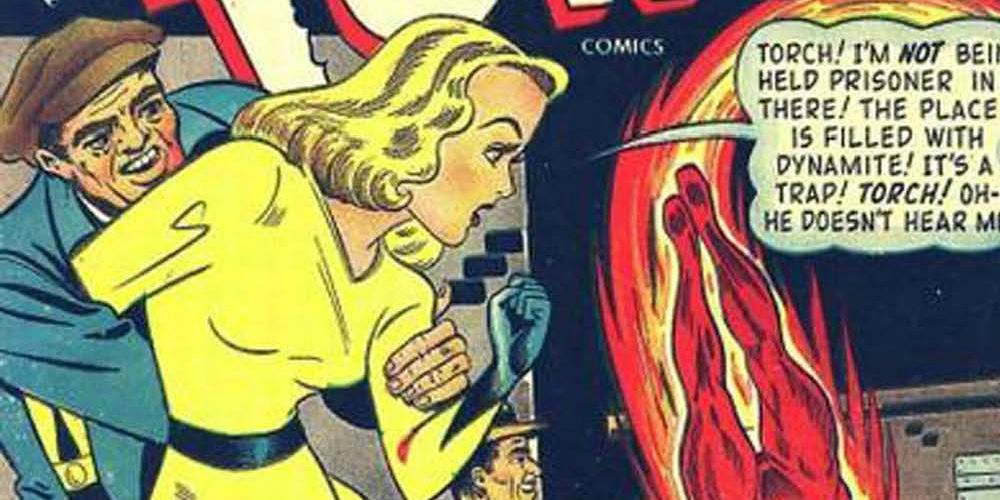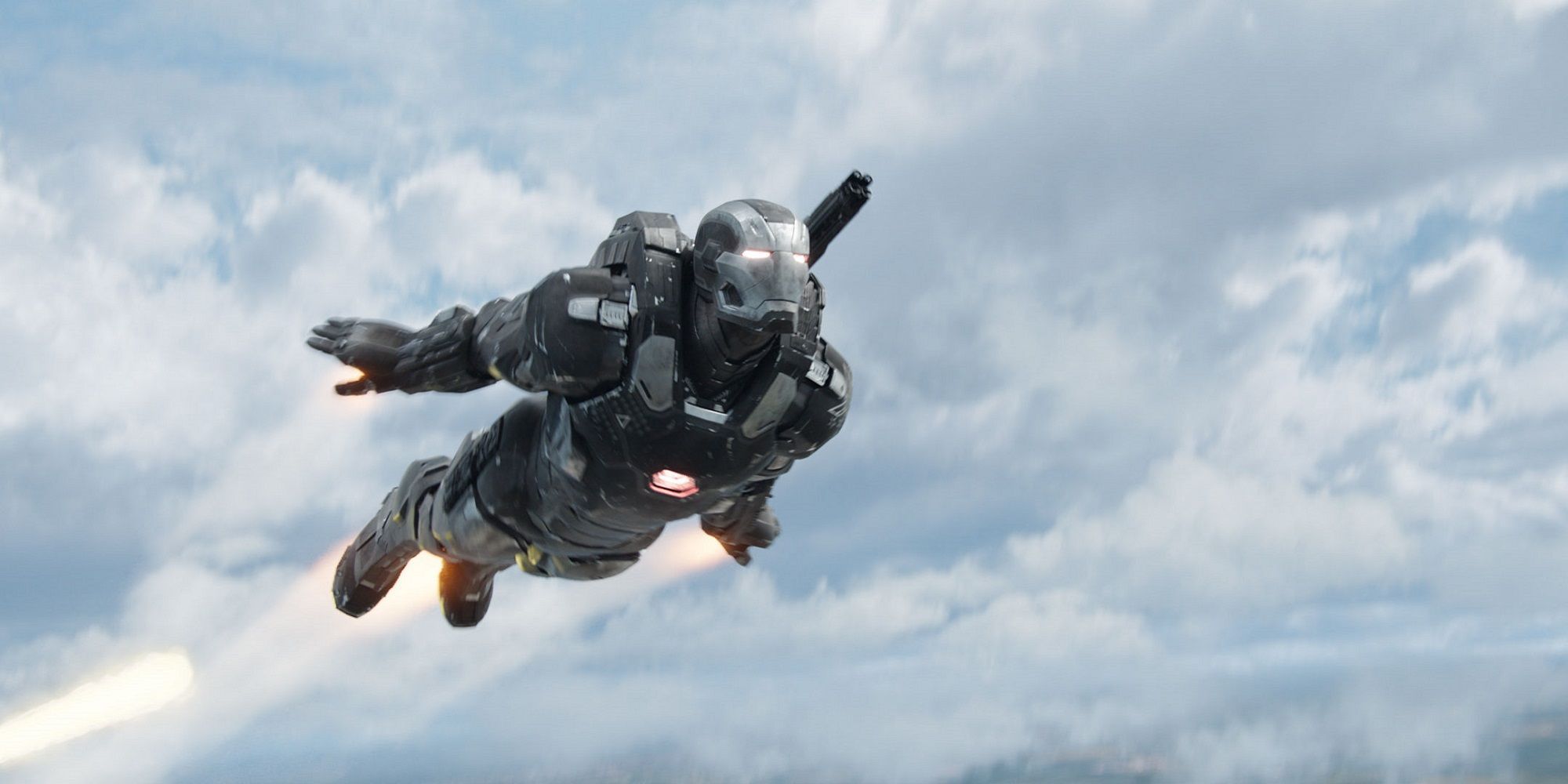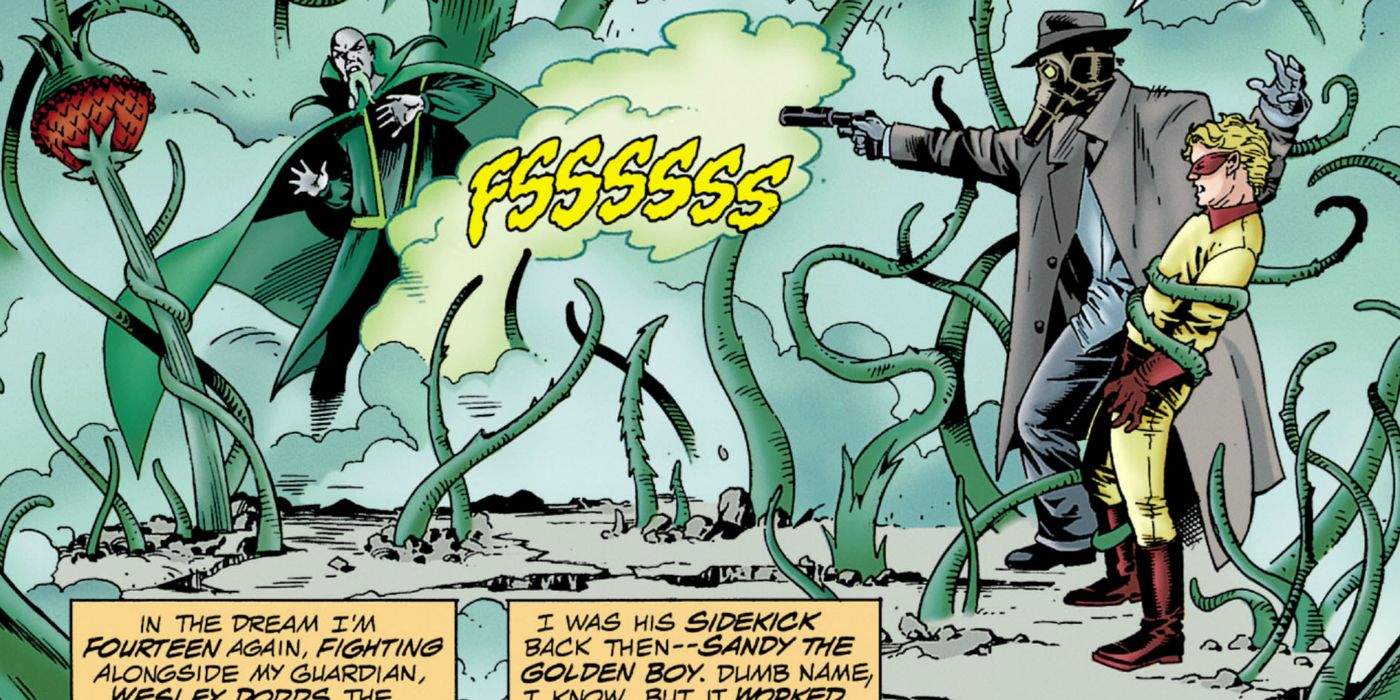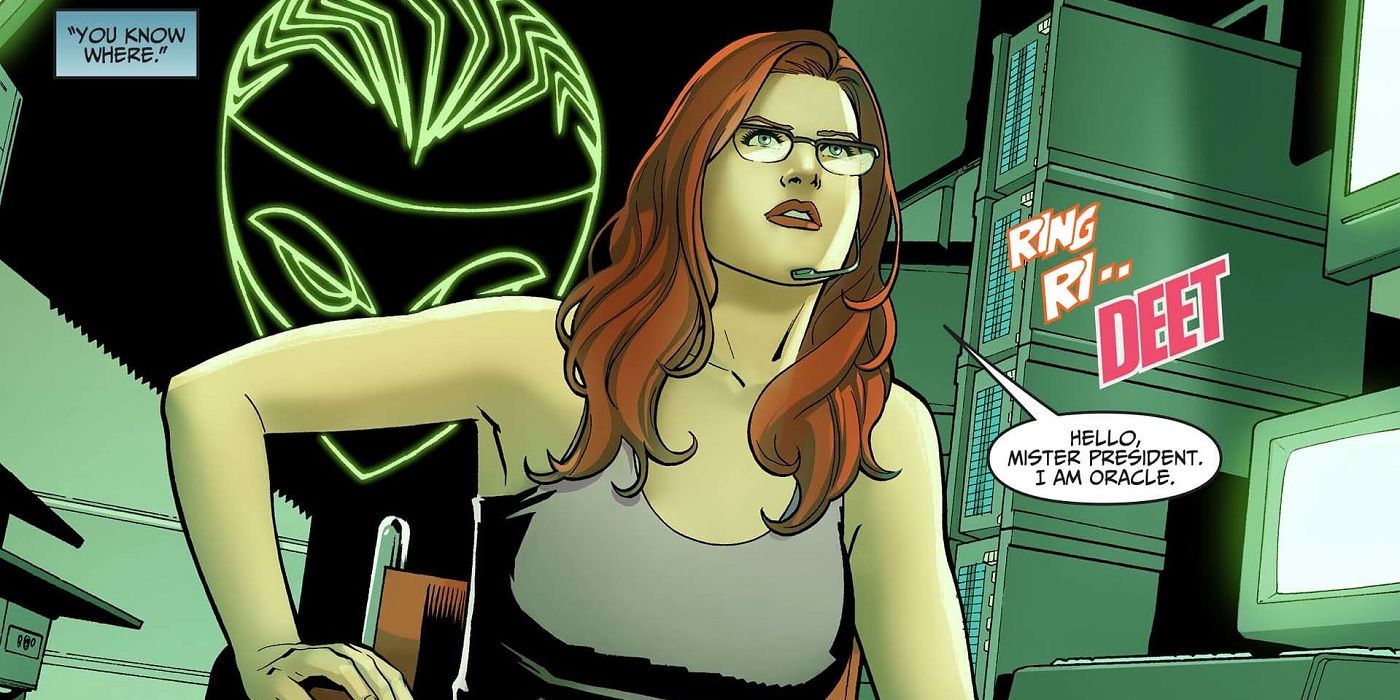For every major superhero out there, there is an equally famous sidekick at their side. Although the concept of a sidekick was developed by comic book publishers, namely DC Comics, novels, movies, and television shows all feature their own versions of sidekicks. For example, characters like Cato and Tonto are highly regarded as being worthy partners of their respectable heroes, Inspector Clouseau and The Lone Ranger.
Although sidekicks in movies and TV shows rarely -- if ever -- outgrow their mentors and adopt independent superhero identities, it actually happens quite often in comic books. Sometimes sidekicks take on new personas and patrol new neighborhoods (or planets); sometimes sidekicks take over the mantle of their mentors and continue their legacies. Here are 15 Superheroes Who Started Out As Sidekicks.
15. Dick Grayson (Robin - Nightwing)
What better way to kick off this list than with the first sidekick of them all: Dick Grayson aka Robin the Boy Wonder. Appearing alongside Batman since the first issue of The Dark Knight's self-titled series, Robin quickly became the epitome of a superhero sidekick. He not only reeled in new, young, readers to the series, but he also acted as a sounding board for the titular hero. But as the years went by, it became time for the Boy Wonder to grow up and become a full-fledged superhero in his own right.
Whether you go by pre- or post-Crisis continuity, after Dick Grayson turned 18 years-old, Batman dismissed him from duty, thus allowing him to adopt the superhero persona Nightwing. As Nightwing, Grayson frequently works alongside the Titans when he isn't patrolling the Gotham City neighborhood Bludhaven. Although he eventually takes over Bruce Wayne's mantle as Batman, DC Comics reverted Grayson to Nightwing in the recent DC: Rebirth relaunch.
14. Jason Todd (Robin - Red Hood)
After Dick Grayson had adopted the persona Nightwing, Batman took another Boy Wonder under his wing: Jason Todd, the second Robin. Although Todd's origin was originally quite similar to Grayson's, the post-Crisis continuity altered his origin story, making him a street orphan who Batman adopted after the hero found Todd attempting to steal the tires off the Batmobile.
Jason Todd performed some admirable feats while under his tenure as Robin, but he will, unfortunately, be remembered for being the first member of the Bat-family to be killed off. In the famed story arc, Batman: A Death in the Family, The Joker kidnaps Todd, beats him to a pulp with a crowbar, and then sets explosives throughout the warehouse Robin is in, which blows up mere moments before Batman can rescue him.
Years later, Todd is resurrected and adopts the persona Red Hood. Instead of returning to his superheroic ways, he becomes more of an anti-hero, fighting crime more directly without any hesitation to kill. Although he worked alongside other superheroes in The New 52's Red Hood and the Outlaws, the DC: Rebirth relaunch of the series has Todd fighting crime alongside other disgraced heroes Artemis and Bizarro.
13. Tim Drake (Robin - Red Robin)
Don't worry, this list is not only comprised of former Robins. But we would be remiss if we didn't acknowledge their promotions from being Batman's sidekicks to their own full-fledged superheroes. Tim Drake, the third Robin, made his debut shortly after the death of Jason Todd in the late '80s after deducing the real identities of Batman and Robin (Grayson). Noticing Batman's imprudence following Todd's murder, Drake intervened and was subsequently recruited by Batman as the third Robin.
Thus far, Drake has been Robin for the second longest time, although most of the time he was defending Gotham City on his own -- with unneeded assistance by Azrael -- after Bruce Wayne's retirement following his injuries in the famed Knightfall story arc. Later, after Wayne resumed his duties as Batman and apparently dies in Final Crisis, Drake (who could already be considered a solo hero at this point) assumes the identity Red Robin and scours the world looking for his supposedly dead former master.
It's worth noting that Drake, while still fighting under the name Red Robin, has reverted to being a sidekick in the new Detective Comics series part of DC: Rebirth.
12. Hit-Girl
Chloe Grace Moretz's big break happened when she starred as Hit-Girl in Matthew Vaughn's Kick-Ass, based on the comic series of the same name by Mark Millar. You needn't have read the comics to understand the character, who was portrayed accurately in the movie. However, while the movie deviates from the comics in many instances, some key aspects remained intact.
For example, in the movie, Hit-Girl makes her debut by getting shot in the chest by her father and mentor, Big-Daddy. But don't worry, she was wearing an armored vest the entire time. In addition to being trained to withstand gunfire, Hit-Girl was trained in hand-to-hand combat as well as how to correctly use melee weapons. Following the death of Big-Daddy, Hit-Girl continued her quest and fought crime alongside Kick-Ass. However, despite being younger than the eponymous character, Hit-Girl assumed the role of mentor and trained Kick-Ass the same she was trained. In effect, Kick-Ass became her sidekick.
11. Bucky Barnes (Winter Soldier - Captain America)
Even though Anthony and Joe Russo's Captain America: Civil War was largely well-received, some fans were irked by the decision to keep Steve Rogers alive. In the comics, following the events of Civil War, Rogers is arrested by S.H.I.E.L.D. and, while in their custody, is subsequently assassinated by the villain Crossbones and a brainwashed Sharon Carter. Consumed with guilt, agency director Tony Stark and Black Widow hunt down Rogers' killers, while Bucky Barnes attempts to carry out his own plans: kill Tony Stark, who he blames for Rogers' death.
Before he died, Rogers wrote a letter to Stark, telling him the Captain America mantle should continue and be handed down to a worthy successor. And after seeing Barnes steal Cap's shield to prevent Stark from passing the mantle down to someone else, Stark suggested Barnes assume the identity of Captain America himself -- which he does, but not without conditions. Barnes acted as Captain America for a few years under the assumption that he would not have to report to anyone, especially not Stark.
10. Sam Wilson (Falcon - Captain America)
Unlike the circumstances surrounding Bucky Barnes becoming Captain America, Sam Wilson's ascension to Captain happened more organically. A few years after Rogers came back to life, so to speak, in the Captain America: Reborn story arc in 2009, his old age prevented him from continuing his duties. Therefore, he asked his longtime sidekick Falcon to take over his mantle. Wilson's rise to Captain America occurred due to the Marvel NOW! relaunch in 2012, shortly after Falcon had rejoined Tony Stark and Steve Rogers as a member of the Avengers.
Since this was another instance in which Captain America was being portrayed by a black character, stories directly affecting the superhero developed many villains' inherent racism. For instance, it is revealed at one point that the "Snap" Wilson identity was really a fake memory designed to defame Wilson. Although the first Marvel NOW! series ended in 2015, Wilson continued on as Captain America throughout the subsequent All-New, All-Different Marvel event as well as the new Civil War II story arc.
9. Wally West (Kid Flash - Flash)
While The CW's The Flash TV series may be akin to the New 52 version of the character, there was another Wally West lurking around the DC Universe long before him. Just a few issues after Barry Allen made his debut as The Flash in 1959, Wally West (Iris West's nephew) made his first appearance, in which he was struck by lightning and imbued with the Speed Force while visiting Barry in his lab at the Central City police department.
Not much later, Wally became Flash's sidekick Kid Flash, a role he kept for almost thirty years until the massive Crisis on Infinite Earths story arc in which Barry Allen famously sacrificed himself to save the universe. Since the world needed a speedster, Wally took up the mantle of The Flash until The New 52 reboot in 2011, albeit making a few noticeable adjustments to his costume and persona. After being absent for a few years, Wally West finally returned to the DC Universe in DC: Rebirth as The Flash, occasionally fighting alongside his former mentor Barry Allen.
8. Roy Harper (Speedy - Red Arrow)
Unlike many other characters in the DC Universe, Roy Harper's origin story remained largely the same in the post-Crisis continuity. After his father had died, Harper was raised the Navajo medicine chief Brave Bow, who taught him how to be an archer. Following Brave Bow's death, Oliver Queen aka Green Arrow adopted Harper and took him under his wing as Speedy. For years, when the duo wasn't fighting crime and evil together, Speedy would be with Robin and the other Teen Titans.
Despite being a successful hero, Harper struggled throughout his life. In one fell swoop, Harper's life came crashing down, eventually leading to him becoming addicted to heroin, which, in turn, forced Queen to disown him. After years, and a series of various events, Harper returned to the Titans as Arsenal, but shortly before the team disbanded once again, Arsenal went out on his own and stood as a solo hero. However, it wasn't until he assumed the identity of Red Arrow and joined the Justice League that he became Green Arrow's equal. Perhaps this is what we'll see in the upcoming fifth season of Arrow?
7. Garth (Aqualad - Tempest)
There have been two Aqualads over the years, but for the purposes of this list, we'll focus on the original one: Garth. Making his debut in the Silver Age of Comics, Garth's origin follows the same pattern of other DC Comics sidekicks who share similar origin stories to their mentors. In the case of Garth, he is an amphibious humanoid who was left to die for being genetically inferior. However, after being taken in by Aquaman's father, Atlan, Garth learned how to survive in the sea. Later, after meeting and rescuing Aquaman, the superhero took Garth under his wing as Aqualad.
Aqualad learned to develop the same abilities as Aquaman; however, after Aquaman married Mera, Aqualad felt forgotten, so he chose to explore the surface world. Eventually became a founding member of the Teen Titans, Aqualad developed an unshakable bond with his fellow teen heroes, although his association with them ultimately leads him to the brink of death. After being healed by the Idyllists, Garth severed his ties with Aquaman and joined Atlan in another realm, where he learned to augment his powers and abilities, thus becoming a mage. When he returned to Aquaman's world, Garth was no longer Aqualad, but rather Tempest, an adult with mystical powers and a new superhero suit. He had finally outgrown his past and became a worthy ally of Aquaman.
6. Jubilee
Jubilation Lee aka Jubilee is one of the Marvel Universe's actual sidekicks -- not someone who simply works alongside a more prominent hero. After making her debut in Chris Claremont and Marc Silvestri's Uncanny X-Men #244 in 1989, Jubilee became the youngest member of the X-Men during the '90s. Whenever she wasn't fighting with the X-Men, she would often appear as Wolverine's sidekick, seeing him as a father figure. She later went on to join the teenage mutant team Generation X; but after the team had disbanded, Jubilee went solo for a short time before joining Banshee's X-Corps.
Despite being a relatively unknown character to most non-X-Men comic readers, Jubilee has one of the most intriguing stories. She is one of the mutants who were depowered during the House of M storyline, which led her to begin using technology-based powers in future stories. However, using technology doesn't exactly qualify her to be an X-Men, so Marvel opted to turn her into a vampire as a result of being bitten by Xarus, the son of Dracula.
5. Donna Troy (Wonder Girl)
If it isn't obvious at this point, DC Comics tends to recycle sidekick codenames -- and Wonder Girl is no exception. Donny Troy, the first Wonder Girl, was created in the wake of Dr. Fredrick Wertham's book, Seduction of the Innocent, being published in 1954 and the subsequent establishment of the Comics Code of Authority. In addition to seeing comic books as the leading cause of juvenile delinquency, Wertham alleged Wonder Woman's strength and solitude indicated she was a lesbian. This assertion forced DC Comics to create a female character with whom Wonder Woman could interact with without the notion of a sexual relationship developing.
As with many other characters in the DC Universe, Wonder Girl has a confounding past consisting of numerous origin stories, ranging from her being a normal human rescued by Wonder Woman to a magical clone of Diana Prince. No matter her origin, when she wasn't with the Teen Titans, Wonder Girl would often be seen fighting alongside Wonder Woman as her sidekick and friend. But as she aged, she joined various teams, including the Darkstar police force, and was eventually invited by Wonder Woman to join the Justice League, which she does, along with Nightwing, Cyborg, and Starfire.
4. Mary Mitchell (Sun Girl)
Little is known about Mary Mitchell aka Sun Girl, other than her brief tenure fighting crime in the '20s and '30s before taking up a position as the personal secretary for Jim Hammond, the android Human Torch (not to be confused with the Fantastic Four's Human Torch, though they both possess virtually the same abilities) in the '40s. Later, when the Human Torch's partner, Toro, had suspended his duties, Sun Girl jumped at the opportunity to fight alongside Torch.
Together, Human Torch and Sun Girl would solve crimes throughout New York City as well as often teaming up with other Timely Comics characters (Marvel Comics was originally a series published by Timely) such as Captain America when larger scale threats were at play. But when Toro returned and resumed his duties as Torch's sidekick, Sun Girl became Hammond's secretary once again, but she would still continue her crime-fighting job on her own -- or with Captain America.
3. James Rhodes (War Machine)
Most fans identify James Rhodes as War Machine, an equivalent to Tony Stark's Iron Man, but the fact is, Rhodes often donned the Iron Man suit himself against some of the character's most tormenting enemies. Even when he wasn't in the suit, Rhodes -- as Stark's closest friend -- would often aid Stark in battle.
Later, when Stark was apparently killed while fighting The Masters of Silence, he not only designated Rhodes CEO of Stark Enterprises but also left him the newly constructed Variable Threat Response Battle Suit, Model XVI, Mark I armor suit, codenamed War Machine; it was designed for all-out warfare, in response to the technology Stark was confronted with fighting The Masters of Silence.
Rhodes used the suit and continued the Iron Man legacy, but after discovering that Tony Stark was, in fact, alive, he abandoned his cause. However, when Stark requested his assistance, Rhodes donned the suit once again, effectively becoming War Machine, a name which he subsequently adopted in a future self-titled series.
2. Sandy Hawkins (Sandy - Sandman)
Similar to Wally West's situation as Kid Flash, Sanderson Hawkins aka Sandy Hawkins aka Sandy, the Golden Boy is the nephew of Wesley Dogg's girlfriend Dian Belmont, who later became Sandman's protege. Modeled after Robin, the Boy Wonder, Sandy Hawkins debuted with a comparable name as well as a skin-tight costume in 1941. Sandman and Sandy quickly became an accomplished superhero duo, often teaming with fellow heroes in the All-Star Squadron, which comprised of virtually all members of the Justice Society of America.
Not much later, Sandy was exposed to chemicals that transformed him into a radioactive monster. After being repressed for decades, Sandy was revived by a fluke and later regained human form thanks to a rig Sandman worked up. Despite their obvious issues, Sandy inherited Wesley and Dian's estate when they both passed away -- which led to Sandy reforming the Justice Society and using the estate as the team's base of operations. Renaming himself Sand, Sandy became the chairman of the Justice Society. However, as years went by, Sandy decided to continue his former mentor's legacy and become Sandman.
1. Barbara Gordon (Batgirl - Oracle)
It's rare for a sidekick to have a history as long and as consequential as Barbara Gordon aka Batgirl. While she will forever by remembered for being rendered paraplegic as the result of being shot by The Joker in Alan Moore and Brian Bolland's Batman: The Killing Joke, effectively retiring the Batgirl character, Barbara Gordon is one of the most prominent members of the Batman Family.
As Batgirl, Barbara was accountable to Batman, but after being crippled, she adopted the persona Oracle, a character who acts as an overseer, communications head, and information supplier for various superheroes. Although she made her debut in the Suicide Squad comics, Oracle is not a supervillain. Despite not being able to fight anymore physically, Barbara Gordon was still a vital member of the Bat-family.
After her tenure with Task Force X ended, she joined the Birds of Prey -- alongside Black Canary, Huntress, and Lady Blackhawk -- as well as the Justice League. She was no longer confined by her relationship with Batman and was able to offer her services to virtually all superheroes (and occasional supervillains) in the DC Universe.

